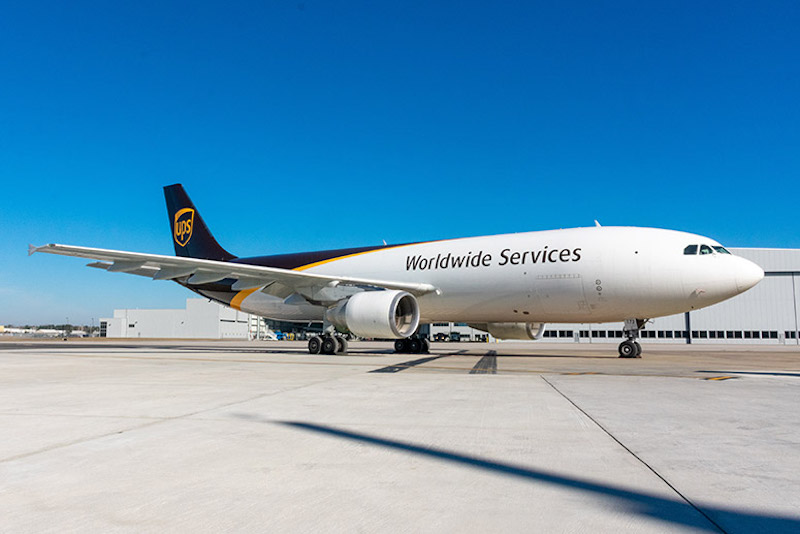Giving airplanes new life with new cockpits
Technology moves at a blistering pace, and what was modern and cool yesterday is outdated today.
That’s where UPS Airlines was with its Airbus A300 freighter aircraft fleet several years ago. The 52 wide-body “browntails,” with an average age of 18 years, have plenty of life left in them.
But the avionics in the cockpit needed a serious upgrade. The current flight management computers (FMC) used for navigation have just 200 kilobytes of storage. That was fine in 1983, when the A300-600 first flew, but nowhere near enough storage now.
“We knew we had to do something,” says UPS aircraft maintenance director of engineering Ed Walton. “Our aircraft maintenance technicians are updating the FMC databases as often as every flight, depending on where the aircraft is going.”
Each update takes 45 minutes – a huge amount of time in a business where every minute counts.

UPS’s answer is a comprehensive upgrade– a project that will let UPS fly its A300s for another 20 years.
“The more we looked at it, the more it made sense to look at everything in the cockpit,” says Walton.
“Everything” included the flight management computers, LCD cockpit displays, GPS-assisted landing capability, weather radar, digital communications equipment, a maintenance computer and more.
“At UPS, we talk about being innovation driven. This is a perfect example of that philosophy. An upgrade this extensive has never been done before on the A300. But it’s the right decision to extend the life of the fleet while getting the maximum value from a significant asset,” says UPS Airlines vice president of aircraft engineering Bill Moore.
After working with Airbus and Honeywell Aerospace on a solution, UPS received the first A300 with an updated cockpit in February. The FMC can now store a worldwide navigation database, and takes less than five minutes to update.
The new LCD cockpit displays offer much more information to pilots, improving safety by increasing their situational awareness. And a modular approach with new electronics means future upgrades are as simple as replacing a computer board.
“It’s now a modern cockpit – our pilots should love flying it, and the aircraft will be much easier to maintain,” says Walton.
UPS will begin updating the rest of the fleet soon, and expects to have all 52 aircraft complete in time for the 2022 peak season.

